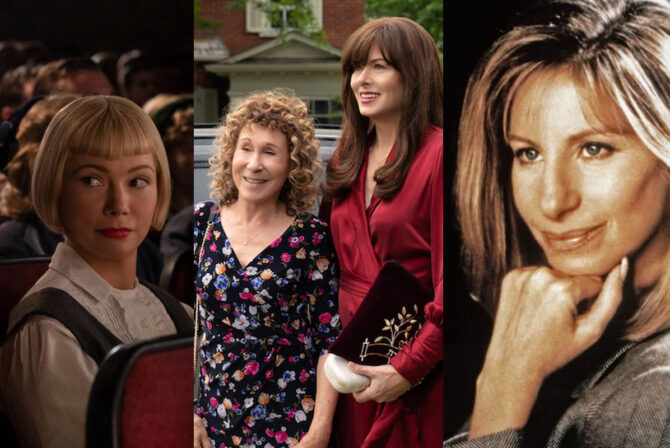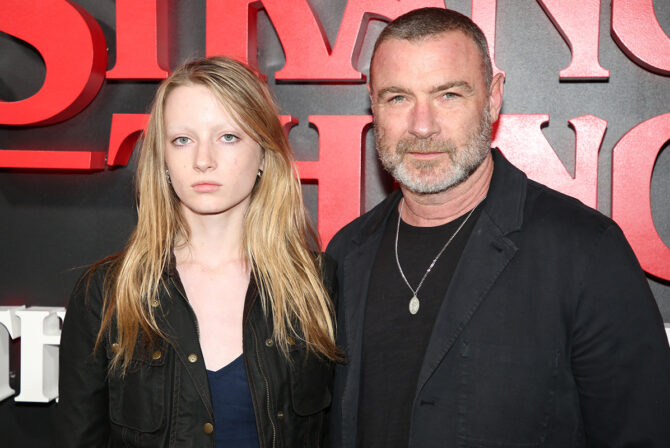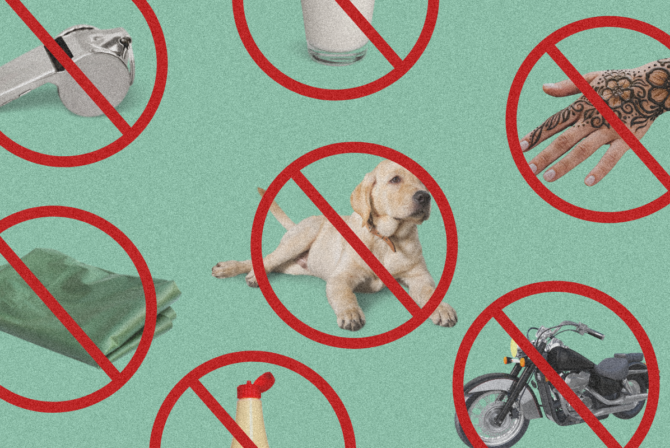Several weeks into chemotherapy and proton therapy, Lydia lost most of her hair. At 7-and-a-half my daughter was diagnosed with Rhabdomyosarcoma. It turned out that her night terrors and toothache were really symptoms of a tumor growing under the surface of her right jawbone, a tumor that started in the connective tissue.
As Lydia’s hair thinned more and more, I offered to shave her head. “Are you kidding me?” she said, hand on her hip and a death-ray stare in her eyes. “It’s bad enough that I’ve lost most of my hair, and now you want to take away the little I have left?” Prior to cancer, Lydia’s golden hair flowed to her waistline. Where I saw unsightly strands of hair here and there, Lydia saw the remnants of former glory and determinedly wore what she had left with pride.
Lydia felt about her hair the way she felt about her life. She did not want to shave off days just because she looked like she was in bad shape. Resolutely, she wanted to live until she died. She wanted to be treated like Lydia, not like a child dying of cancer.
Early on in Lydia’s cancer treatment, we overnighted in Boston Children’s Hospital and shared a room with a mother and her toddler. With nothing but a curtain dividing our spaces, I remember listening to Mary teaching Sara the ABCs. “Repeat after Mama, Sara. ABCDEFG…” Sara sang in reply. At that moment it dawned on me: Parenting does not stop when cancer begins. You parent as if your child will live as long as anyone else, no matter the odds the doctors have given.
So, as Lydia battled cancer, we lived life as normally as possible. Lydia attended school between chemotherapy and hospital visits when she could and Skyped in when her immune system was vulnerable. She had playdates with friends and a tutor over the summer. As a mother, I learned to balance my fears that Lydia would end up in the hospital if she hung out with other kids and Lydia’s need and desire to see her friends and do normal kid activities.
But even in this “balance,” I made everyone who entered our home use hand sanitizer and I gave Lydia clear boundaries to follow to keep her safe while hanging out with friends: “No bike riding today, your platelets are low from chemo and a scrape from a fall may mean a trip to Boston for a blood transfusion.”
After the first 10-month treatment protocol failed, and Lydia’s tumor continued to grow, we tried another. It too failed. And Lydia was placed on a third trial protocol because there is no “cure” for this type of cancer, only chemotherapy trials with lists of possible side effects that sound every bit as bad as cancer itself and actually include the possibilities of secondary cancers.
By the time this third protocol began, Lydia often experienced terrible headaches. That’s when the hospital offered palliative care. At the time, I was unfamiliar with this term and associated it with hospice and death. I was wrong. Palliative care meant pain relief! Pain relief meant that a year and a half into a 25-month battle with cancer, Lydia was able to enjoy her Make-A-Wish trip to Disney World with her family.
Lydia’s Make-A-Wish trip made a difference! For a week our entire family was able to focus on Lydia and her brother, Luke, living and loving life. The week, however, was not without stress. The third protocol of chemotherapy had also failed to stop the growth of Lydia’s tumor and as we vacationed, we contemplated the next options to treat this indestructible cancer. I could see the tumor slightly grow beneath her right jaw bone each day during our time at Disney World.

As we lived in the shadow of death, Lydia bravely broached the subject. ”If I die now, do you think God would let me see myself as a teenager?” she asked one day.
“If you ask, I’m sure he would…”
From that day on, our conversations were open, honest and covered everything from life and death to the past and a much longed for future. “If I’m lucky enough to live and have children” Lydia said, “I’ll make sure they read Robert Munsch. Especially “Love You, Forever” and “Stephanie’s Ponytail.” She giggled and said,”Ug-i-ly, ug-i-ly, veeeeerry ug-i-ly!” She imitated Robert Munsch’s voice from a recording she had of “Stephanie’s Ponytail.” I laughed too, remembering a carefree moment before cancer touched our lives.
By November, 2012, we had placed Lydia on hospice care. It was a difficult decision made easier by the fact that a child on hospice was eligible for pediatric concurrent care, which also allowed continued treatment of the disease to some extent. In my mind, it was not a complete giving into death so much as it was a way to receive some of Lydia’s care without a 60-mile drive to Boston in traffic. Every day through April 30, 2013, the day she died at the age of 9, Lydia found a reason to smile through pain.
She found a way to live — loving her family and friends, devouring books (including all 586 pages of “The Mark of Athena” in just three days) and drawing in her journal. She drew the food she wished she could still eat but was unable to. She drew flowers, hearts and funny faces. She expressed herself in her art. She wrote love letters to important people in her life.
On her last hospital stay, she said “I love you,” to nurses to whom she’d formerly just waved out of her room when they were finished caring for her.
Lydia spent her last five days of life at home — throwing me kisses and holding my hand. “I’m dying,” she said to me. Again, she bravely opened the door to truth. We proclaimed our love for one another and comforted each other. She patted my back and told me, “You can cry as much as you need too, Mom.”

 This post is part of a series supported by MJHS Health System and UJA-Federation of New York to
This post is part of a series supported by MJHS Health System and UJA-Federation of New York to
raise awareness and facilitate conversations about end of life care in a Jewish context.
To learn more about the role of hospice and its value to patients and families click here.







